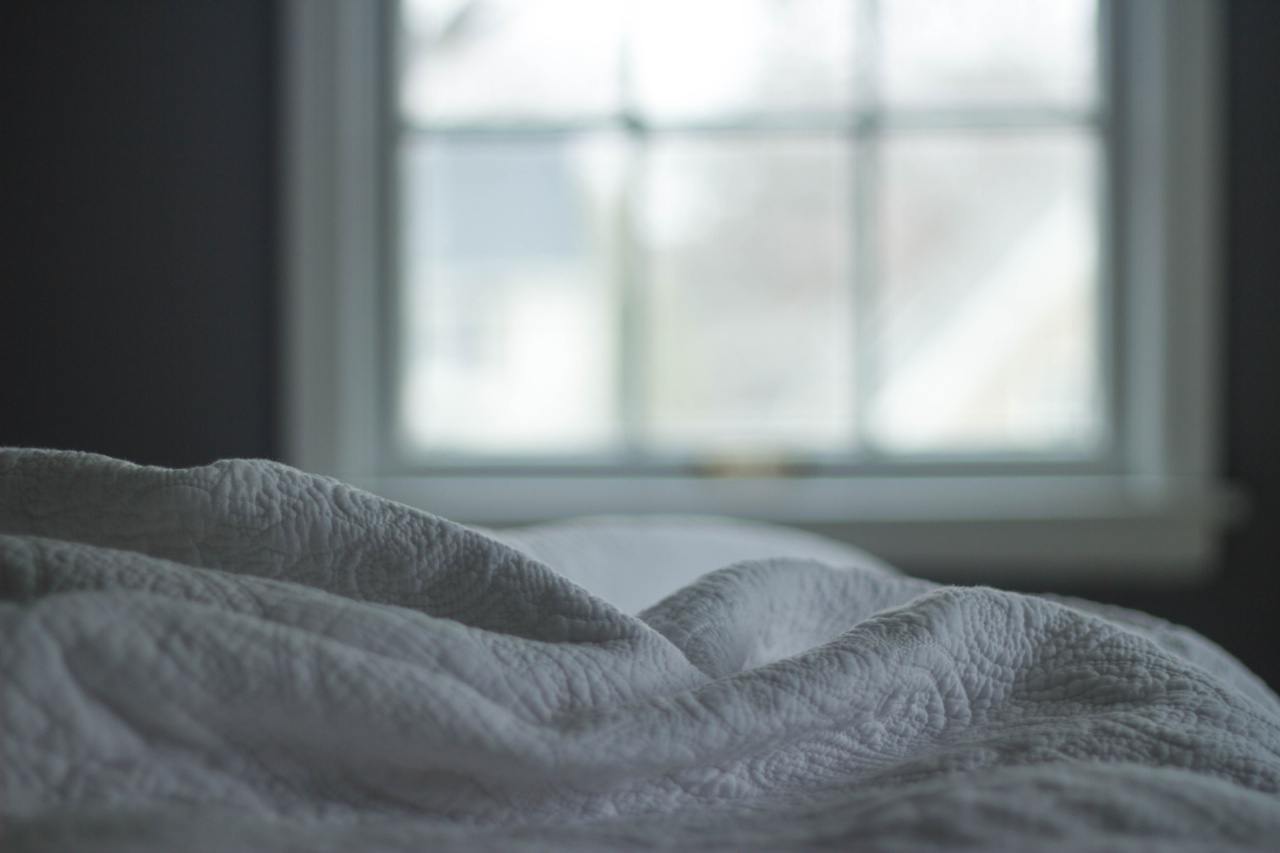Sleep is an essential function of the human body, playing a vital role in maintaining good physical and mental health. However, the duration, quality, and timing of sleep can vary significantly among individuals.
These variations in sleep patterns, or snoozing habits, are influenced by multiple factors like genetics, environmental influences, age, lifestyle choices, and underlying medical conditions. In this article, we will explore the factors that contribute to different sleep patterns and why some individuals snooze differently than others.
1. Genetics and Biological Factors
Genetics play a significant role in determining an individual’s natural sleep pattern. Studies have shown that certain genetic variations can influence an individual’s sleep duration, circadian rhythm, and susceptibility to sleep disorders.
For example, variations in genes regulating melatonin production can affect an individual’s sleep-wake cycle, making them naturally more inclined towards being a morning person or night owl.
2. Age and Developmental Stages
Sleep patterns change as we age, from infancy to adulthood. Newborns and infants require more sleep than adults, and their sleep is divided into multiple short durations.
As we progress into childhood and adolescence, sleep duration decreases slightly, but the need for quality sleep remains crucial for optimal growth and development. Older adults may experience changes in sleep patterns, with more frequent awakenings during the night and a tendency to sleep less overall.
3. Lifestyle Choices
Lifestyle choices and daily habits greatly impact sleep patterns. Factors like work schedules, physical activity levels, diet, caffeine intake, and exposure to electronic devices before bed can all influence the quality and duration of sleep.
Irregular and inconsistent sleep schedules, such as shift work or jet lag, can disrupt the body’s natural circadian rhythm, making it challenging to maintain a regular sleep pattern.
4. Environmental Influences
The environment in which we sleep can significantly impact our sleep patterns. Factors like noise levels, temperature, lighting conditions, and even the comfort of the mattress and pillow can affect the quality of sleep.
Some individuals may be more sensitive to environmental factors, requiring a quiet and dark room to achieve restful sleep. Others may be less affected by external stimuli and can adapt to a broader range of sleeping environments.
5. Underlying Medical Conditions
Certain medical conditions can disrupt sleep patterns and lead to various sleep disorders. Conditions such as sleep apnea, insomnia, restless leg syndrome, and narcolepsy can significantly affect both the quality and quantity of sleep.
Medical conditions that cause chronic pain or discomfort can also disrupt sleep, making it difficult to achieve restorative rest.
6. Sleep Disorders
Sleep disorders themselves can cause significant disruptions in sleep patterns. Insomnia, characterized by difficulty falling asleep or staying asleep, can lead to sleep deprivation and other health issues.
Sleep apnea, where breathing repeatedly stops and starts during sleep, can also disrupt the sleep cycle and result in inadequate rest. Seeking proper diagnosis and treatment for sleep disorders is essential in restoring healthy sleep patterns.
7. Sleep Hygiene Practices
Sleep hygiene refers to the habits and practices individuals incorporate to ensure optimal sleep quality.
Practicing good sleep hygiene involves following a consistent sleep schedule, creating a sleep-friendly environment, avoiding stimulants close to bedtime, and engaging in relaxation techniques before sleep. Poor sleep hygiene can significantly impact sleep patterns, leading to difficulties falling asleep, staying asleep, or experiencing restful sleep.
8. Sleep Duration
Individuals have varying sleep duration needs, with most adults requiring between 7 and 9 hours of sleep per night. However, some individuals may function optimally with slightly more or less sleep.
Too little sleep can lead to sleep deprivation, impair cognitive function, and increase the risk of developing various health conditions. On the other hand, oversleeping can also result in daytime grogginess and impact overall well-being.
9. Sleep Quality
The quality of sleep is equally crucial as the duration of sleep.
Even if individuals spend the recommended amount of time in bed, factors like sleep disturbances, poor sleep efficiency, and insufficient deep sleep can decrease the overall quality of sleep. Quality sleep involves cycling through different stages of sleep, including deep sleep and rapid eye movement (REM) sleep, which are essential for physical restoration and cognitive processes.
10. Individual Variations
Lastly, it is essential to recognize that each individual is unique, and sleep patterns can vary naturally among different people. Some individuals may naturally require less sleep or have different preferences in their sleep routine.
While understanding the factors that influence sleep patterns is crucial, it is equally important to embrace and accommodate our individual differences to promote healthy and restorative sleep habits.































